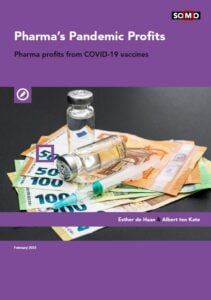Donnie Harold Harris: Is it humanity's sickness or humankind's evolution caused by other forces? Are they the same thing, or are they the opposite of the same thing? Can we use the tools of Ethical doctrine, moral laws, or levels of dynamic existence to shed light on these crucial questions about our times? Can we roast the coffee beans and get co-coo? Ah, the intricate dance between our health and the forces shaping us is fascinating! 🌟 Let's explore this together.
Evolution and Sickness: A Cosmic Tango
- The Evolutionary Lens:
- Picture this: Our species, Homo sapiens, has been waltzing through time for quite a while. Along the way, we've picked up some exciting partners—microorganisms like bacteria, viruses, and worm parasites. They've been with us since the dawn of our existence, like the quirky friends who show up at every party.
- These microorganisms evolve at breakneck speed compared to us. While we're still figuring out how to use our smartphones efficiently, they're changing ways to dodge our immune defenses. It's like they've got an express lane in the evolutionary race.
- So, yes, these microbial companions have influenced our evolution. They've nudged our genetic makeup, shaped our immune responses, and even left their mark on our susceptibility to certain diseases1.
- The Dance of Disease:
- Now, let's talk about sickness. Why do we get sick? Well, it's a mix of factors:
- Mutation: Sometimes, our genes throw a little party and invite mutations. These genetic hiccups can lead to diseases.
- Genetic Drift: Imagine a genetic game of musical chairs. Population changes—migration, admixture, and shifts in size—shuffle the deck. Some alleles (gene variants) become more common, while others fade into obscurity.
- Natural Selection: Survival of the fittest, my friend. If a genetic trait helps us survive and reproduce, it sticks around. If not, it gets the boot.
- These forces—mutation, drift, and selection—shape the distribution of disease-risk alleles across human populations. It's like a cosmic choreography; the steps are written in our DNA2.
- Now, let's talk about sickness. Why do we get sick? Well, it's a mix of factors:
- The Yin and Yang of Health and Environment:
- But wait, there's more! Our environment also plays a role. Changes in how we live—our diet, sanitation, and animal interactions—can lead to new illnesses. For instance:
- Zoonotic Diseases: About 60% of bugs that infect humans start in animals. Ebola, SARS, and Zika all have their roots in animal hosts.
- Health Care Resources: Limited health care resources can exacerbate the spread of diseases like Ebola.
- Human-to-Human Transmission: Close contact with bodily fluids—whether in health-care settings or during traditional burials—fuels human-to-human transmission3.
- But wait, there's more! Our environment also plays a role. Changes in how we live—our diet, sanitation, and animal interactions—can lead to new illnesses. For instance:
- The Grand Finale:
- So, my curious friend, the sickness of humanity and our evolution—it's a grand symphony with many movements. Forces beyond our control—microbes, genetics, and the environment—shape the melody. And we, the dancers, sway to their rhythm.
- 🎶 "To the left, mutation! To the right, natural selection! And now, a twirl of genetic drift!" 🎶
Remember that these forces can lead to sickness, but
It also drives our resilience and adaptation. We're resilient, constantly learning new steps in this cosmic tango.






.jpg)







